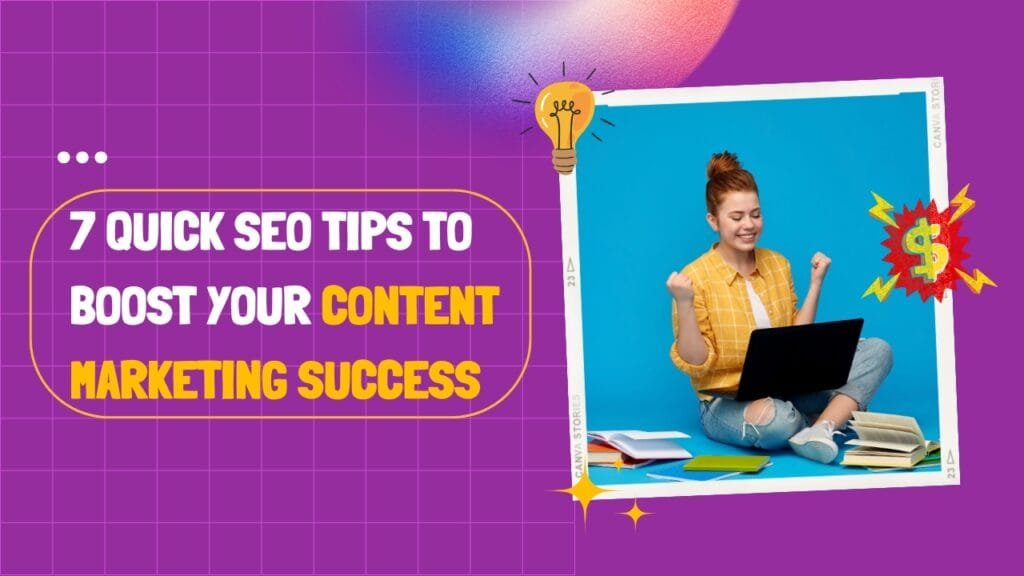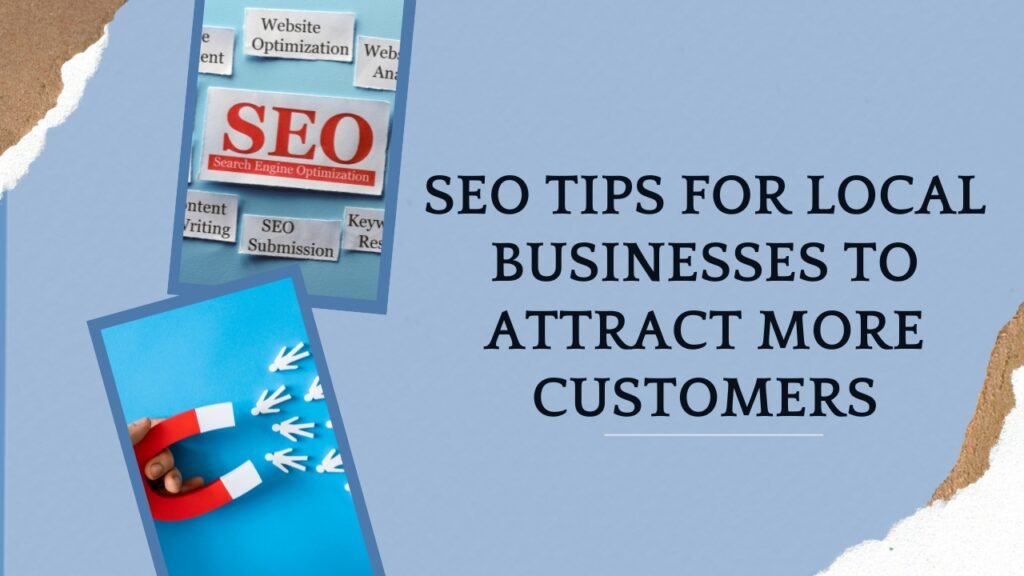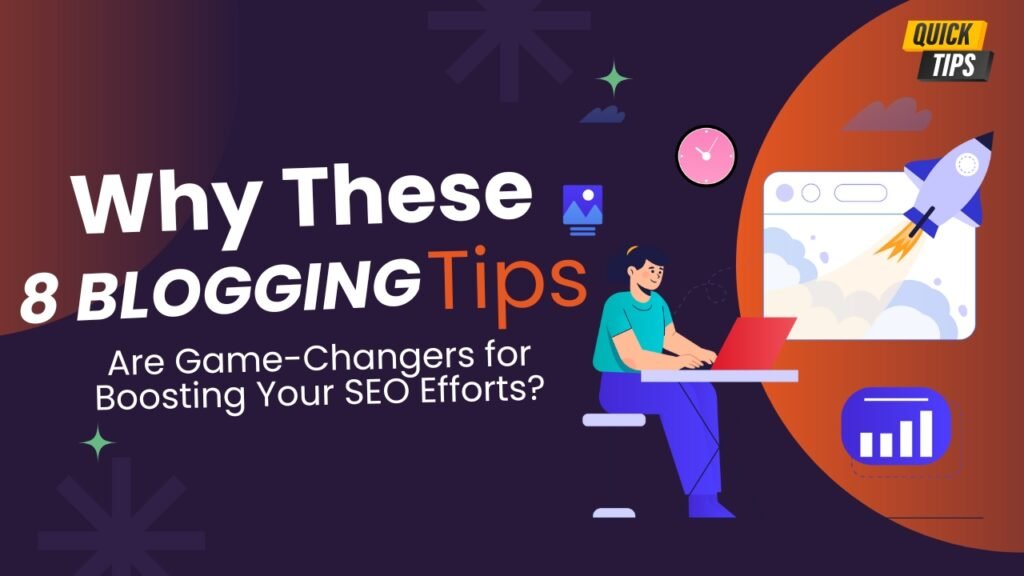Content marketing can make you feel like you’re trapped in an infinite cycle of creation and promotion, but using the right SEO strategies can help your work really hit the front page of search. Effective SEO strategies assure your valuable content reaches the right audience-and although both visibility and engagement are important, an increase in one metric here is sure to lead to a boost in the other. Let’s get started with seven essential, actionable SEO tips that will help your content marketing shine!
1. Focus on Intent-Driven Keyword Research
The oldest trick in the book is incorporating keywords, but it’s time to pivot away from just using high-traffic words and towards something more essential: understanding user intent. Targeting intent-driven keywords means choosing phrases that match what your audience wants to learn or accomplish.
Why Intent-Driven Keywords Matter?
Users search for a purpose, and Google supports that content which best fulfills the desired goal. You will cover a wider audience by matching your content to those varied intents of a search while you could meet their needs more efficiently. Among them, some of the most prominent intent types are:
- Informational Intent: Keywords like “how to,” “guide,” or “tips” work well.
- Navigational Intent: Users seeking specific websites, like “Facebook login” or “Gmail.”
- Transactional Intent: Terms such as “buy,” “discount,” and “deal.”
- Commercial Intent: Keywords like “best product,” “top service,” or “reviews.”
How to Identify Intent-Driven Keywords?
- Use Tools Like Ahrefs and SEMrush: Those platforms give you keyword difficulty, search volume, and suggested phrases by intent.
- Look at SERP Results: Look at the search results pages (SERPs) to see what types of pages rank for your keywords. Do they rank mostly blogs or product pages or tutorials?
- Match Content Types with Intent: You have “how-to” information queries, so create guides for those, and you have transactional searches, so do product pages.
Tuning the intent of the user will not only improve the SEO but actually create more meaningful content for users that will keep them hooked.
2. Optimize On-Page SEO Elements
On-page SEO is the foundation of search engine visibility. It includes optimizing your content’s internal elements, which help search engines understand and rank your pages.
Key On-Page SEO Factors
- Title Tags: Craft descriptive, keyword-rich titles that compel users to click.
- Meta Descriptions Have interesting and informative meta descriptions with focus keywords to maximize click-through rates.
- Header Tags (H1, H2, H3): Use a header tag hierarchy to structure your content. This will make it easy for users as well as search engines to read.
- Image Alt Text: Describe images with relevant keywords to make your content accessible and indexable in image search.
- Internal Links: Guide users and search engines to other valuable pages on your website.
Quick Checklist for On-Page SEO Optimization
- Title and Meta Tags: Use titles that are limited to 60 characters and meta descriptions that are limited to 160.
- Keyword Placement: Use your primary keyword on a page within the first 100 words.
- Content Length: Develop extended posts that are at least 1,500–2,500 words for a specific topic.
- Readability: For easier readability, provide short paragraphs and lists using bullet points so that the reader can digest your content.
That is a very fast and easy way to signal relevance to a search engine, thereby indirectly supporting your success with content marketing.
3. Develop Quality Backlinks
Backlinks serve as a vote of confidence from other sites that your content is worth reading. Quality is far more important than quantity in backlinks.
How to Build High-Quality Backlinks?
- Guest Blogging: Write for authoritative websites in your niche in exchange for a link back as the value you bring to that site, giving them valuable insight in the context of contributing to their website.
- Resource Pages: Identify sites that curate lists or resources and request they add a link to your content.
- Content Partnerships: Co-author articles with known influencers or industry experts and even co-present interviews.
- Infographics: Create visually engaging content like infographics that others may link to when sharing the information.
Tools for Tracking Backlinks
You can track the performance on the backlink side with Moz, Ahrefs, or SEMrush. These platforms will let you know which sites link to your content and will allow you to manage and improve your backlink profile over time.
Quality backlinks help boost the authority of your website, push pages up in search results, and offer leverage using your content marketing.
4. Create High-Quality, Engaging Content
For this, you need a mix of different SEO strategies to bring users toward the material. When they get there, only high-quality content will keep them coming back and indeed have them sharing. In that respect, prioritizing experience on behalf of the user ensures that visitors find your content valuable and easy to understand.
Tips for Crafting Quality Content
- Provide Value: Try to settle a problem or response to a problem everyone has asked.
- Visual Aide: Use infographics, charts, and images to break up your text and make your content easier to understand.
- Conversational Style: Don’t use jargon and try to find a voice that works for your target audience.
- Headings and Lists: Break your content into clear divisions that are easier to scan.
Types of Content to Explore
Consider diversifying your content with formats such as:
- How-To Guides: A series of step-by-step instructions.
- Case Studies: The actual happenings and results.
- Listicles: Popular due to their scannability and engaging style.
Good quality content that appeals to users cements trust, therefore inviting repeat visits, which over time augments the performance of SEO in general.
5. Enhance Site Speed and Mobile-Friendliness
Page speed and mobile responsiveness impact the user experience and search engine optimization of a site. Google rankings favor fast-loading sites and those responsive on mobile.
Techniques for Improving Page Speed
- Image Compression: Resorting to TinyPNG can compress images without losing quality.
- Lazy Loading: Image loading on a page when the user scrolls down.
- Browser Caching: Caching images so that, when a user returns to the site, further loads times become faster.
- Minimize CSS and JavaScript: Use tools like Minify or Google PageSpeed Insights to streamline code.
Mobile Optimization Tips
- Responsive Design: Ensure that your site can adapt to various screen resolution sizes.
- Test Mobile Usability: Test Mobile Usability Use Google’s Mobile Friendly Test to identify and troubleshoot issues.
- Simplify Navigation: To read the menu on a mobile phone, shorten your menu using concise language.
Optimizing site speed and friendliness can help lower your bounce rates and increase user engagement to push your SEO rankings.
6. Use Analytics to Refine Your Strategy
SEO is not a one-time thing, though. It’s ongoing work. Continuously track your performance to know what to do better and what to work on more.
Key Metrics to Focus On
- Organic Traffic: Know the quantity of visitors coming from search engines.
- Bounce Rate: When it is high, it might mean bad content or too slow in loading.
- Conversion Rate: How many people take the action you want them to do, like sign up or buy?.
- Backlink Growth: Maintain track of the backlink profile and get an idea which pages are providing more value.
Tools for SEO Analytics
- Google Analytics: It provides pretty full information about the behavior of visitors and traffic sources, conversion rates.
- Google Search Console: It checks the performance of searches, errors, keyword rankings.
- SEMrush/Ahrefs: These are very detailed analytical tools to track the SEO performance of links and competitor.
Monitoring at regular interval will be required to know how you are doing in areas, improvements will be needed, and suggests agile strategy in SEO that sticks with user needs.
7. Update and Repurpose Existing Content
Occasionally refreshing what you already have will give you the best traction. By updating and repurposing content, many outdated posts that are already in existence may become newly relevant and more visible again.
Steps to Refresh Content
- Check for Outdated Information: Update statistics, links, and references.
- Add New Insights: Include recent trends or expanded details that add value.
- Improve Search Engine Optimization Variables: Check keyword placement, meta tags, and alt text.
- Create New Formats: Blog content can also be repurposed in infographics, videos, or slides to consume content in other forms.
Advantages of Content Repurposing
You can get more mileage out of your existing content by reaching a new audience while reinforcing your authority on the topic.
Conclusion
SEO is a killer component of a successful content marketing strategy. It really is about fast and simple techniques that boost your visibility, attract targeted audiences to your websites, and maximize the impact of your content. Whether they are little steps through intent-driven keywords, good quality backlinks, or refreshing existing content, they guide you on your path to better search rankings and higher engagement. So go ahead and adapt some of these practices, and your content marketing results will flourish!
FAQs
Q1: How frequently should I update my content to ensure SEO optimization?
A: Once again, periodically reviewing content for relevance every 6 to 12 months helps enhance the chances of relevance and thus improves the SEO performance.
Q2: What is keyword density, and why is it so important?
A: Keyword density refers to the number of times a keyword is presented in the content. Use as natural keyword density as possible, around 1 to 2 percent to avoid keyword stuffing.
Q3: Does internal linking really help SEO?
A: Interlinking is beneficial for SEO as it enables search engines to know better the structure and relevance of varying pages on your website.
Q4: What are some of the optimal tips for optimizing site speeds in terms of aiding SEO?
A: Compress images, allow cache, and reduce code to make your website load fewer times and score better in SEO.
Q5: Which tool is most ideal for keyword research?
A: One of the popular tools for keyword research would be Ahrefs, SEMrush, and Google Keyword Planner.



